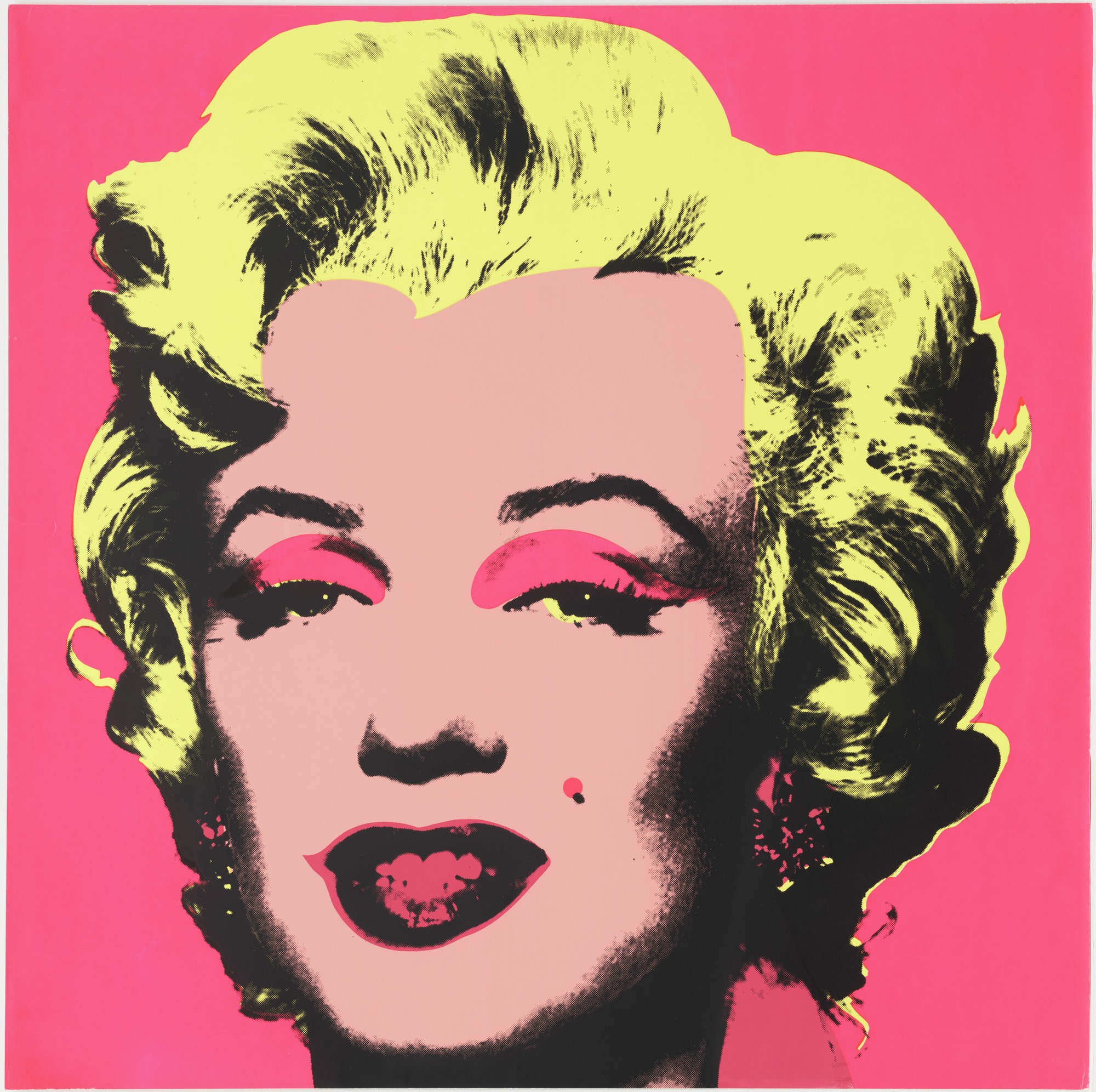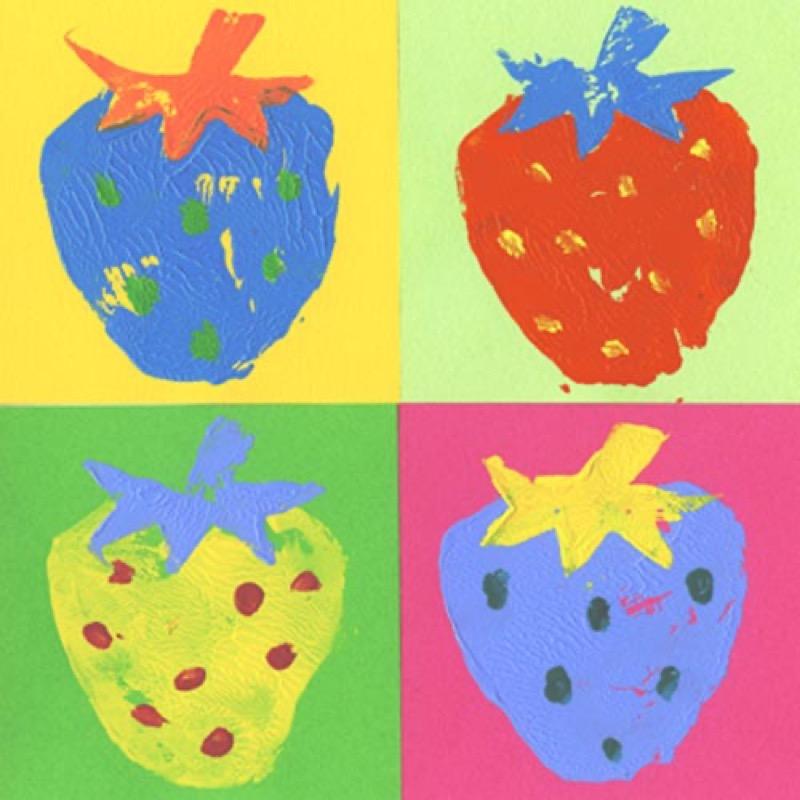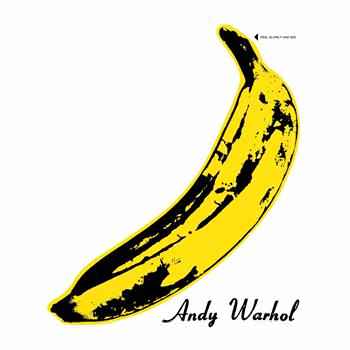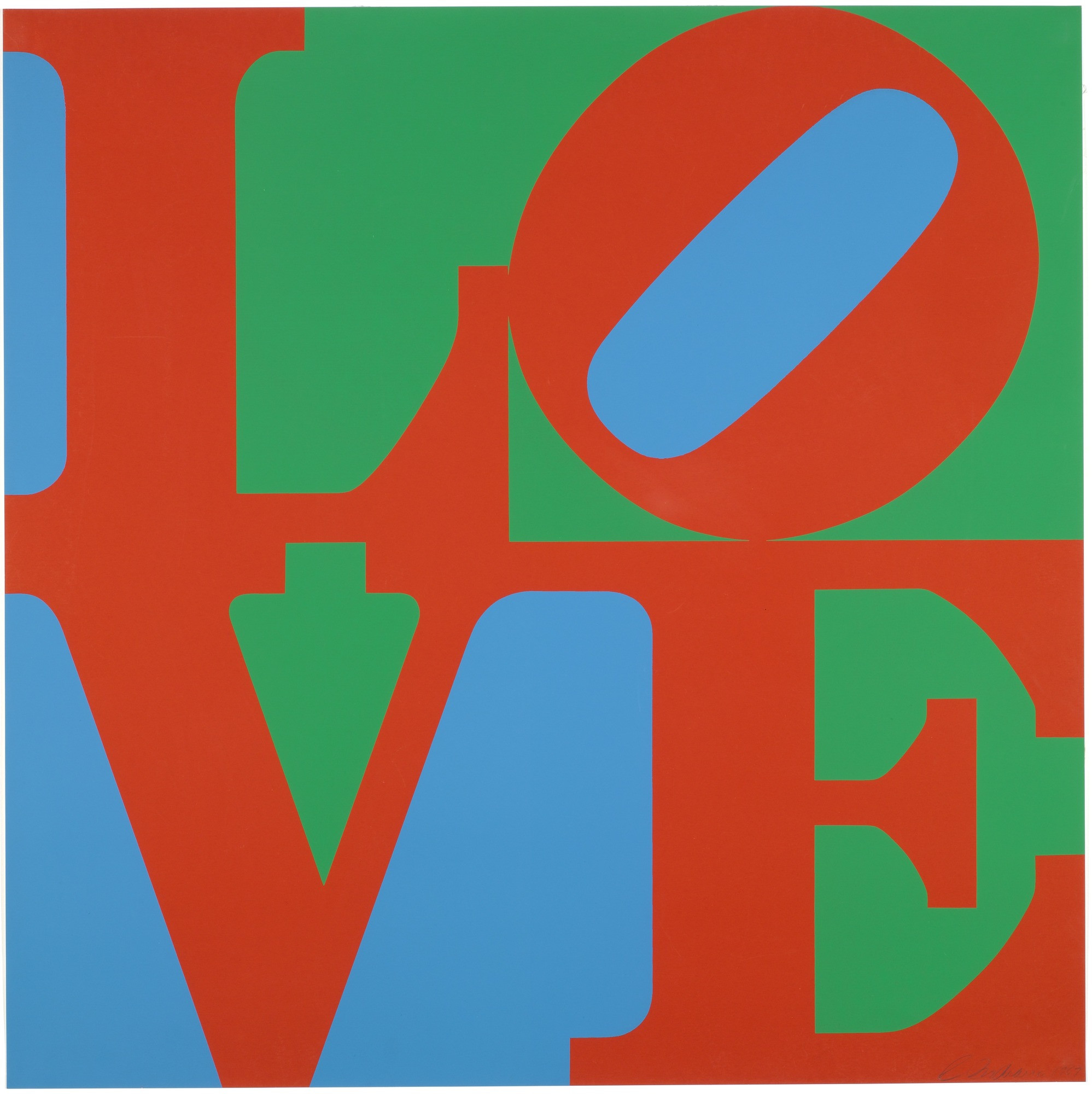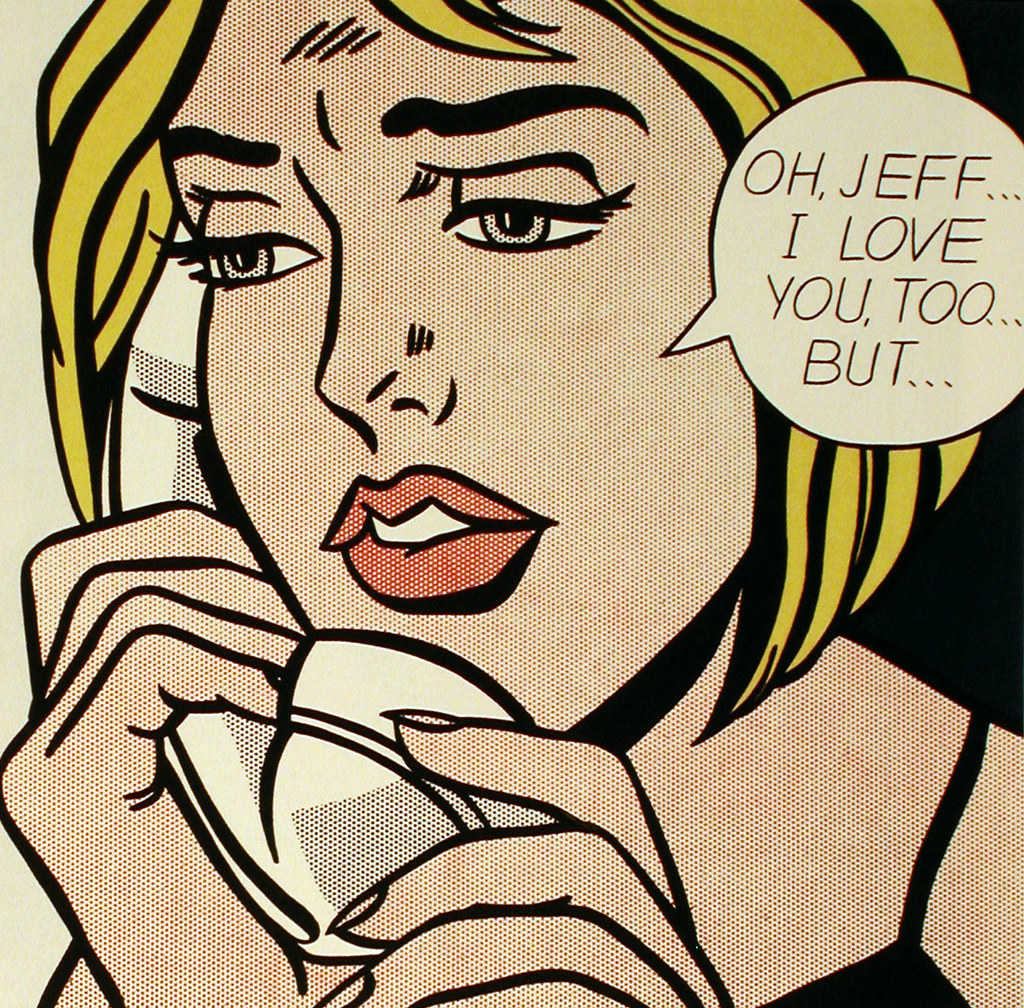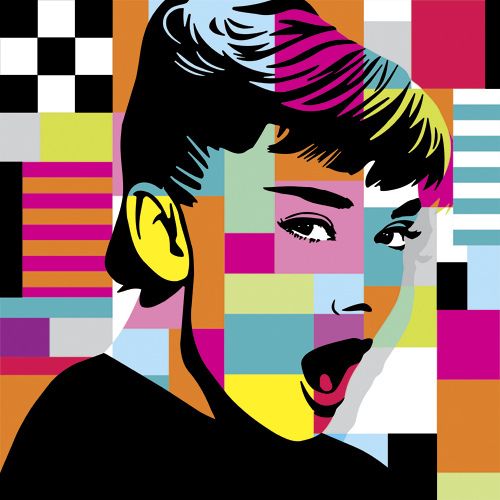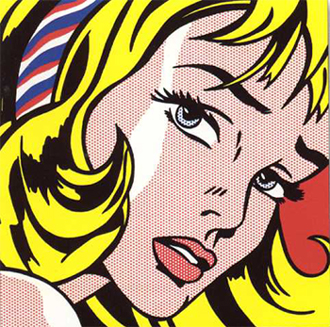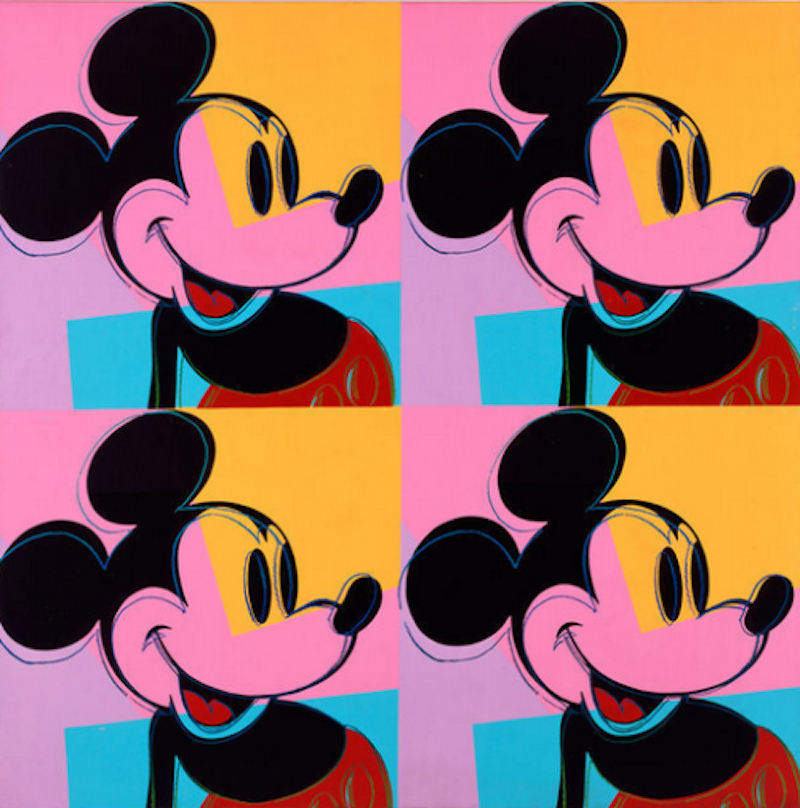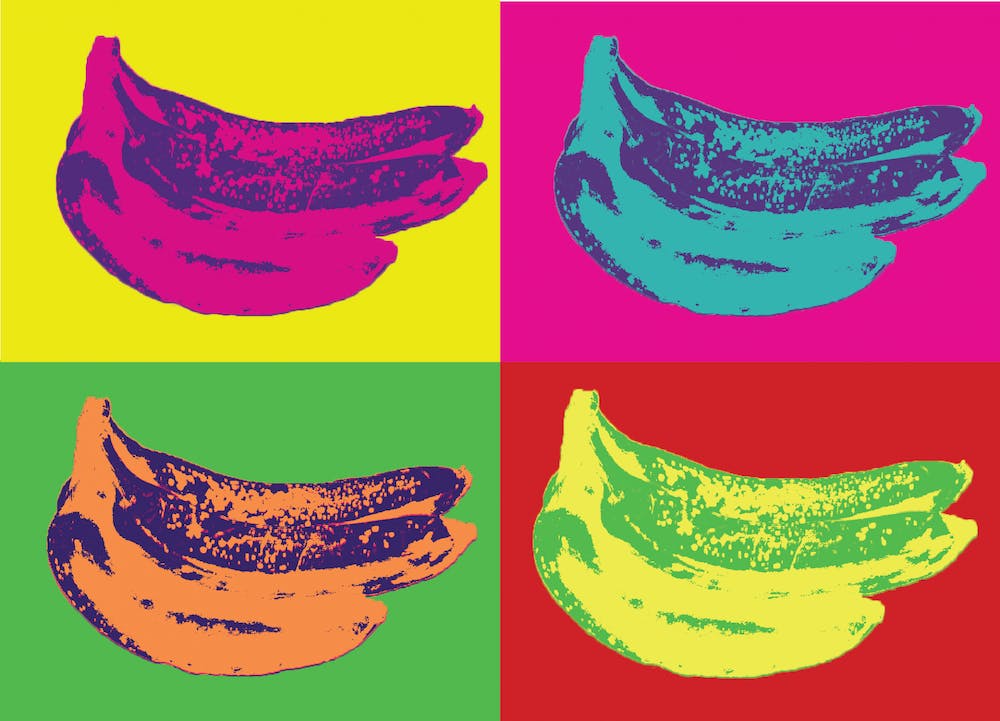Andy Warhol
An influential member of the pop art movement, Andy Warhol was an American visual artist, film director, and producer who was born on August 6, 1928. He passed away on February 22, 1987. His works span a range of mediums, including painting, silkscreening, photography, video, and sculpture, and they examine the connections between artistic expression, advertising, and the celebrity culture that was in vogue during the 1960s.
His most famous creations are the silkscreen paintings Campbell's Soup Cans and Marilyn Diptych from 1962, the experimental movies Empire from 1964 and Chelsea Girls from 1966, and the multimedia performances known as the Exploding Plastic Inevitable (1966–67).
Pittsburgh-native Warhol first pursued a prosperous career as a commercial illustrator. He gained notoriety as a significant and contentious artist in the late 1950s after displaying his work in a number of galleries. His New York studio, The Factory, developed a reputation as a meeting place for notable intellectuals, drag queens, writers, bohemian street performers, Hollywood stars, and affluent clients. He popularised a group of individuals known as the Warhol superstars, and he is credited with coining the slogan "15 minutes of fame." He started Interview magazine and oversaw the experimental music group The Velvet Underground's management and production in the late 1960s. He wrote many books, including Popism: The Warhol Sixties and The Philosophy of Andy Warhol.
Before the gay liberation movement, he was a gay man who lived openly. He came dangerously close to death in June 1968 when radical feminist Valerie Solanas shot him inside his studio. At the age of 58, Warhol passed away in New York City in February 1987 from a heart arrhythmia following gallbladder surgery.
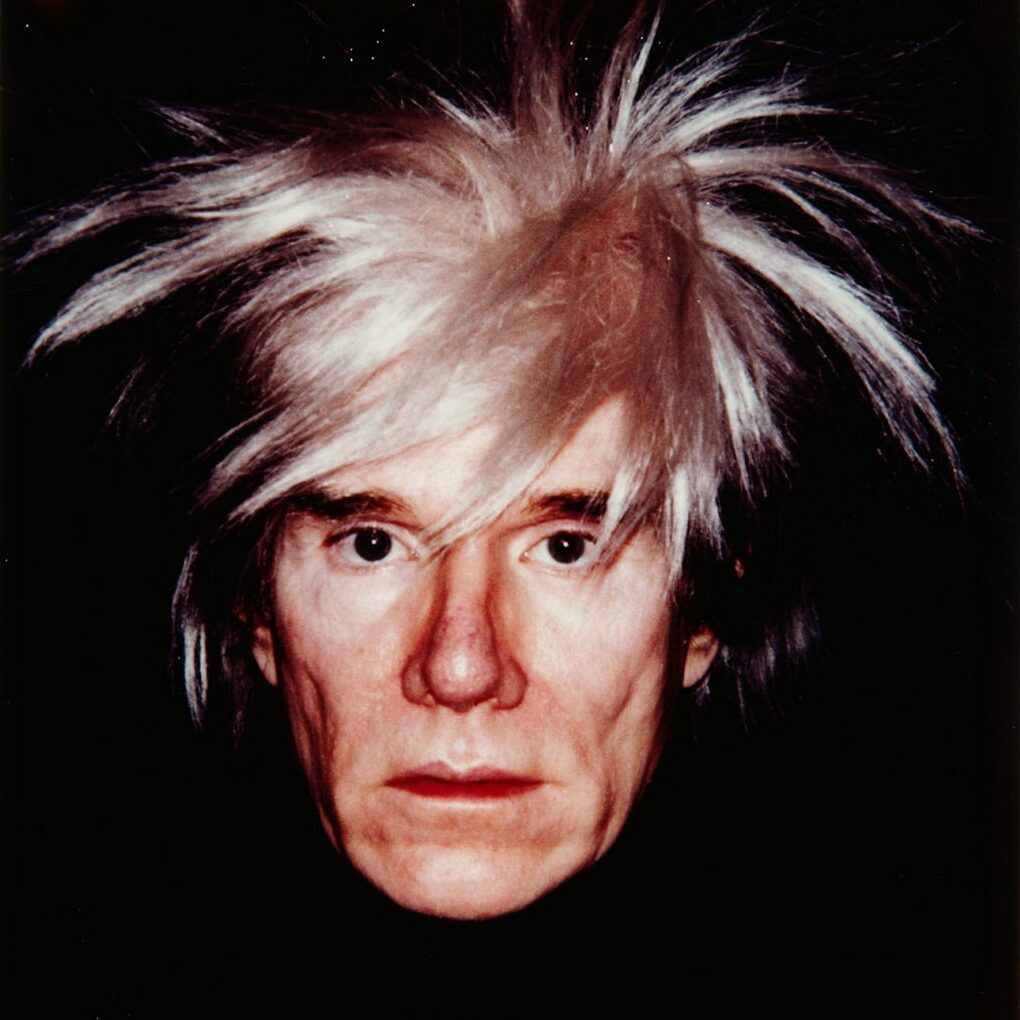
Artworks
